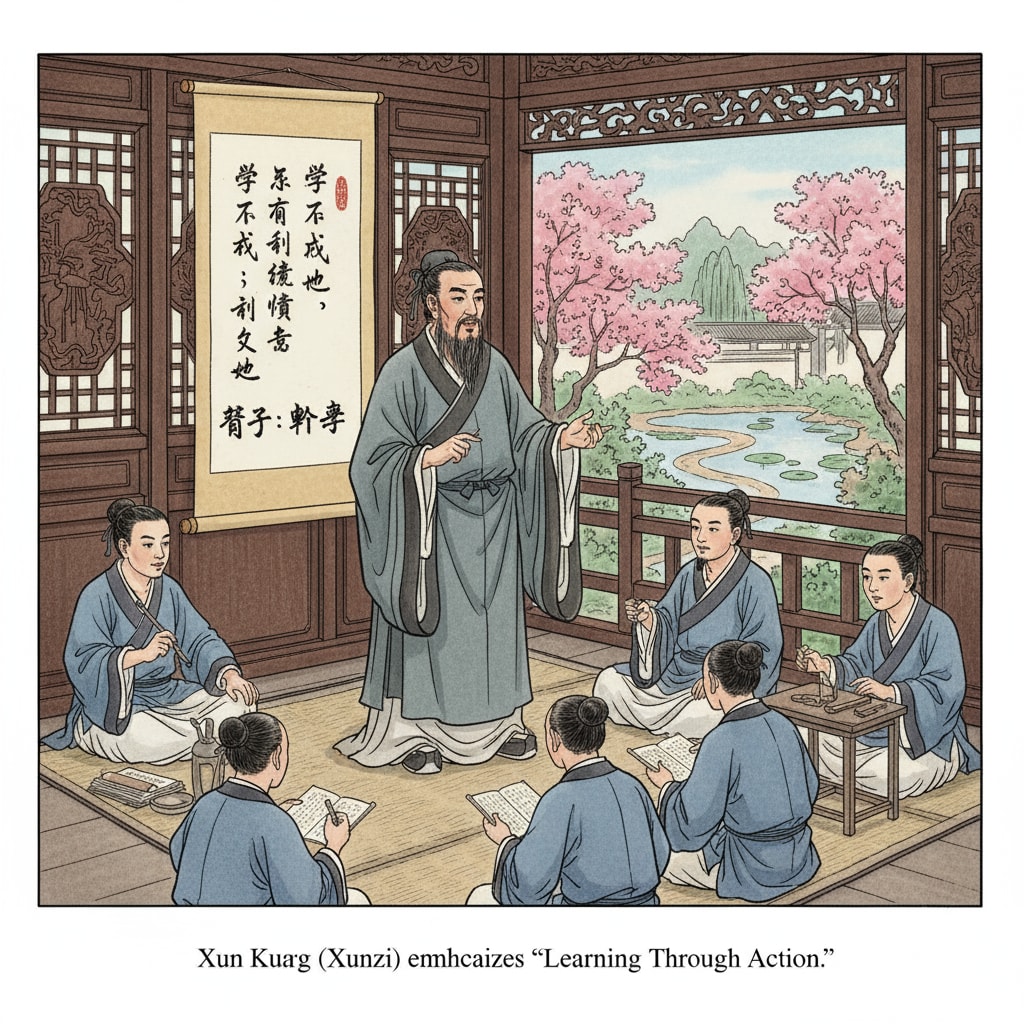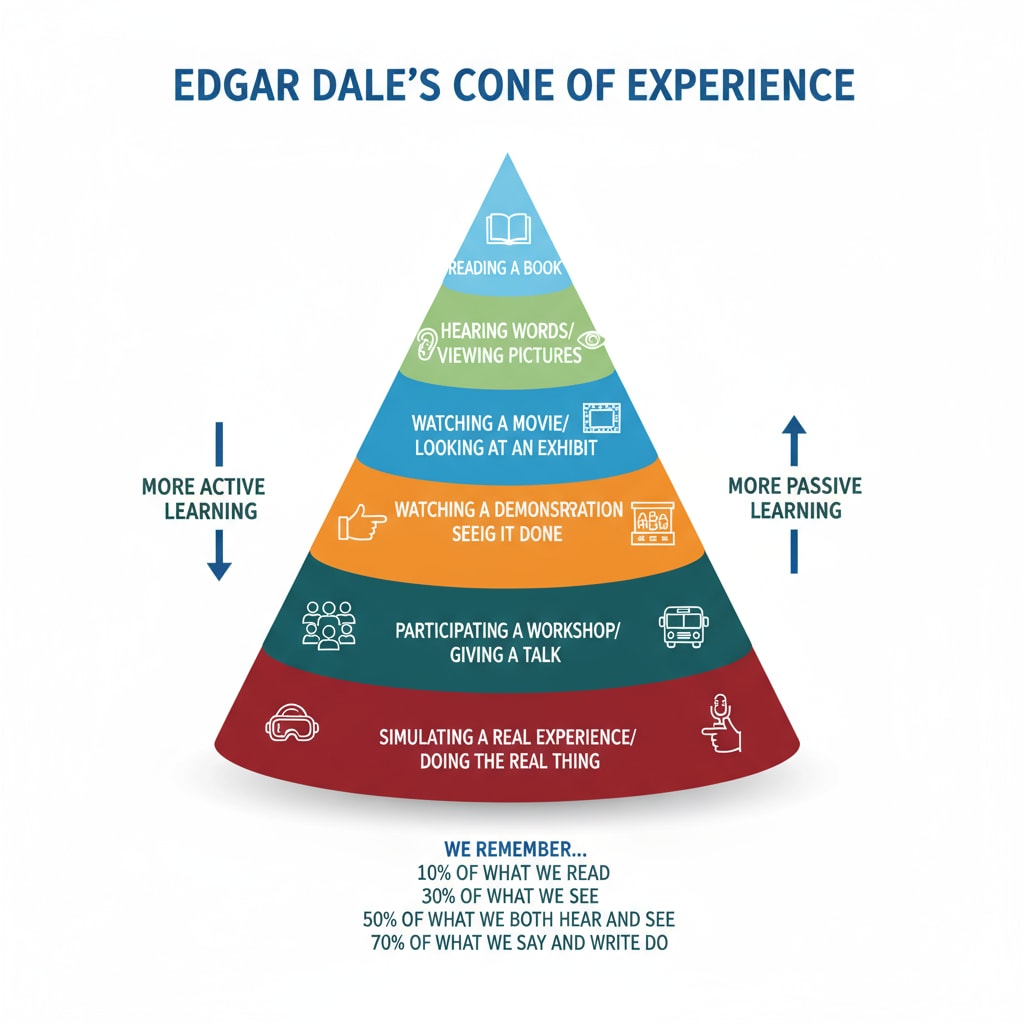Learning hierarchy, sensory experience, and learning by doing have been integral aspects of educational thought throughout history. From the profound insights of ancient philosophers to the modern theories of educational psychologists, the concept of learning by doing has emerged as a powerful force in promoting effective learning.
The Ancient Roots of Learning by Doing
Xun Kuang, an ancient Chinese philosopher, emphasized the importance of action in the learning process. He believed that true knowledge is not just theoretical understanding but also the ability to apply it in real – life situations. For Xun Kuang, learning was a progressive journey that involved observing, thinking, and ultimately acting. This idea laid the foundation for the concept of learning by doing. As he once said, “不闻不若闻之,闻之不若见之,见之不若知之,知之不若行之。” which can be roughly translated as “Not hearing is not as good as hearing, hearing is not as good as seeing, seeing is not as good as knowing, and knowing is not as good as acting.” This clearly shows his emphasis on the practical aspect of learning. Xun Kuang on Wikipedia

Modern Perspectives on Learning Hierarchy and Sensory Experience
Edgar Dale, a modern educational psychologist, developed the Cone of Experience, a learning hierarchy theory. His theory posits that learning is more effective when it involves multiple senses. At the base of the cone are the most concrete and hands – on experiences, such as direct purposeful experiences. These experiences engage multiple senses, like touch, sight, and hearing, which enhance the learning process. As we move up the cone, the experiences become more abstract. For example, reading and listening are at the upper levels of the cone, which are less effective in terms of long – term retention compared to hands – on experiences. Cone of Experience on Britannica

When students engage in hands – on activities, they are more likely to remember what they have learned. For instance, in a science class, conducting experiments allows students to see, touch, and smell the materials involved. This multi – sensory experience helps them understand scientific concepts better than simply reading about them in a textbook.
In contemporary K12 education, there is a growing recognition of the importance of learning by doing. However, there are still challenges in fully implementing this approach. Many classrooms are still dominated by traditional teaching methods that rely heavily on lectures and textbooks. To truly realize meaningful learning experiences, educators need to incorporate more hands – on activities, group projects, and real – world applications into the curriculum.
Readability guidance: This article presents a clear structure with paragraphs and headings. Each section focuses on different aspects of learning by doing theories. The use of external links provides additional resources for readers. The language is kept accessible, and transition words are used to enhance the flow of the text.


